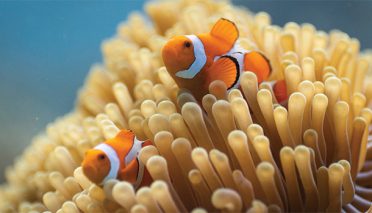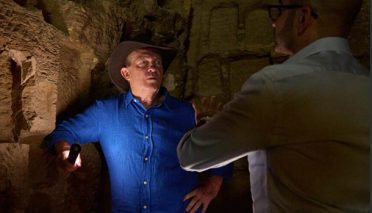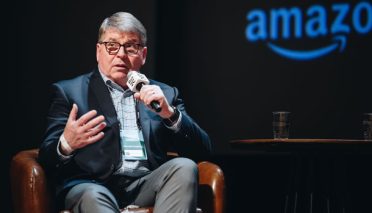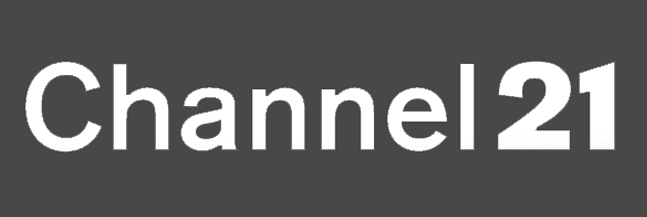Gregory Dray, co-founder and chief business officer of Animaj, explains why it’s necessary to be an “expert” in creating content for YouTube if you want to build franchises for kids.
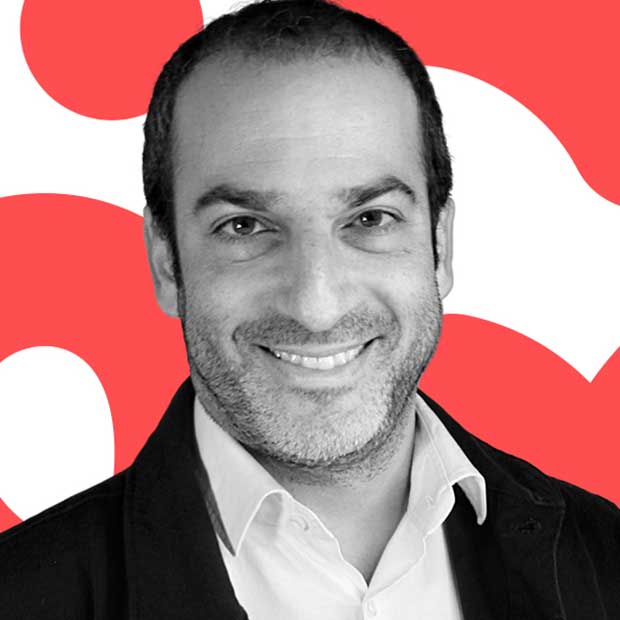
Gregory Dray
London, Paris and Madrid-based children’s entertainment company Animaj is on a mission to “improve the lives of kids all over the world, by bringing them the most inspiring content, wherever they are,” according to chief business officer Gregory Dray, who co-founded the company in 2022 with CEO Sixte de Vauplane.
Noting that 400 million children visit YouTube each month, meeting kids “wherever they are” means it’s necessary to have a presence on the platform. For this reason, Animaj, which aims to build franchises out of its content, strives to be an “expert” in creating and programming content specifically for YouTube and digital platforms.
“We are generating close to 15 billion-plus views a year on YouTube with only three owned and operated properties, which makes us the fifth largest kids and family group on the platform and the largest coming from Europe. It’s great, but it’s not enough,” Dray says.
In order to meet the needs of all the channels and platforms where children spend their time, Animaj is developing two separate content pipelines – one for traditional broadcasters and streamers and a second for YouTube and other open platforms.
Crucially, Dray, who previously worked at YouTube for 10 years, explains that all content produced for the latter is original, rather than cut-down, edited versions of existing content, but is complementary to the programming produced for the former.
“We are talking here about content that is original. It’s not edited content; it’s original content, fresh content, shorter form content that is complementary to the traditional type of content we are developing for other players,” the exec says.
“The idea here is to build a daily relationship with kids and make sure we can feed them with fresh, engaging, inspiring content on a very regular basis. And also to make sure we develop new content experiences designed for specific platforms, because it doesn’t make sense to replicate on YouTube the linear television experience or the Netflix experience.”
For example, with Animaj’s flagship property Pocoyo, which the company acquired from Spain’s Zinkia Entertainment last year, the firm is using YouTube and open platforms to build a musical universe for the preschool show, to complement the main series.
“We are investing in more than 100 minutes of original content made for YouTube and digital platforms on an annual basis; it’s a multi-year investment. This is content that enables us to feed our YouTube channels and build a daily relationship with our audience,” Dray says, adding that traditional broadcasters can also license it for their digital platforms.
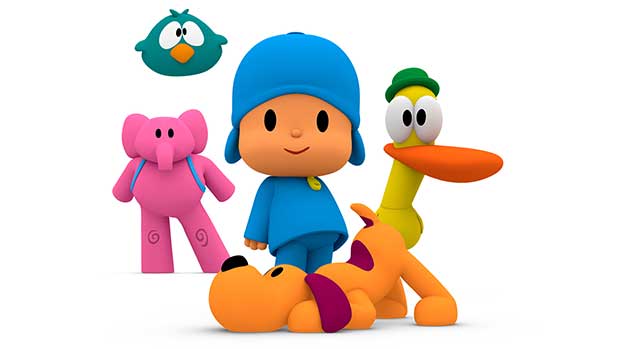
Animaj acquired Pocoyo from Spain’s Zinkia Entertainment last year
Animaj is currently producing the fifth season of Pocoyo, which is scheduled for delivery in January 2025 and will refresh the brand with new characters. In a big twist for what was a non-dialogue show, Pocoyo – the show’s lead character – will start to speak.
Additionally, the series’ original creator Guillermo Garcia is acting as creative director, while British actor and broadcaster Stephen Fry returns to narrate the show’s English-language version. Fry originally narrated the first two seasons.
As well as the new season, Animaj is also working on spin-offs and a feature film that is planned for the end of 2027.
“The reason we acquired Pocoyo is because over the past 20 years it’s one of the very best preschool shows coming from Europe that has global potential. The brand, unfortunately, didn’t benefit from the right amount of investment over the past 10 years. We believe there are more stories to tell and a new business model to be implemented,” Dray says.
“The goal is to deploy the greatness of Pocoyo in many more markets. Pocoyo remains very strong in Spanish speaking markets and Italy, but we want to expand the brand and make it a global franchise. We believe it is one of the very few European shows with global potential and we want to harness that potential as much as possible.”
Animaj is using Pocoyo as a template for the upcoming brands it acquires. The company is targeting brands that “represent the very best of local cultures, the very best of the cultural excellence that we present, of Europe particularly,” Dray says.
Existing properties in Animaj’s portfolio are digital-first brands Kidibli and Hey Kids. Kidibli, which is an educational live-action show, has the largest YouTube channel in Germany, according to Dray, while Hey Kids is the largest nursery rhymes content network on YouTube in Europe.
“These are amazing brands that we are trying to expand beyond YouTube. This requires a lot of focus on improving the production values, developing stories and making sure they can continue to resonate with kids across other platforms, the traditional platforms we all know, but also the new platforms that are starting to resonate heavily with kids, such as Roblox,” Dray says.
Late last year, Animaj revealed details of an artificial intelligence (AI) production tool made specifically for the premium animation industry, with ambitions to make production processes 10 times faster within the next five years.
“It’s still early days, but it’s absolutely critical for the industry to embrace technology and artificial intelligence to shorten the production cycle and make the production process more efficient,” Dray says.
“Our ambition is to build a portfolio of franchise brands, but nowadays it’s impossible to maintain interest in a brand if you’re not able to churn out content more regularly. Kids are no longer willing to wait for a year, two years or three years to get more of your content.
“So that’s why we are using technology and AI in general, particularly as part of the development of the digital-first content pipeline, to accelerate the production process and make the lives of our creative people easier.
“The goal is not to replace creativity, it is not to replace the creators. It’s to make their lives easier and enable them to invest more time into creative matters. We are not using AI to create new stories, we are using it to try to get rid of all the admin and boring stuff that is wasting creators’ time.”




